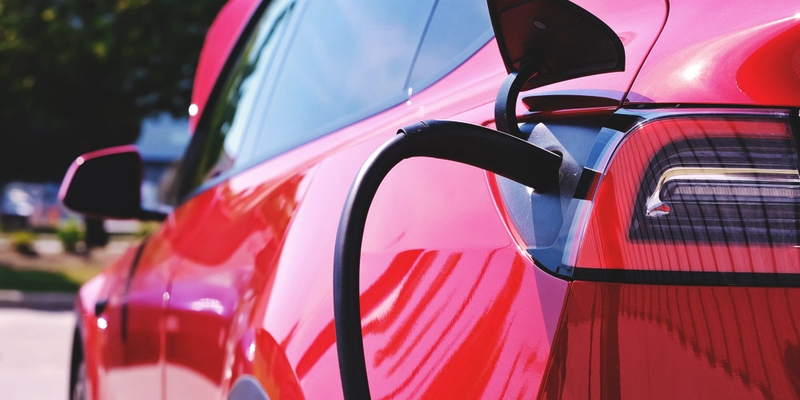
If you are not redirected within 30 seconds, please click here to continue.
Samedi: 10h – 16h HAE

If you are not redirected within 30 seconds, please click here to continue.
If you are not redirected within 30 seconds, please click here to continue.
If EVs are ever required to emit sound, does that make drivers less liable for a collision?

There has been growing concern that electric vehicles (EVs) are too quiet to warn the visually impaired as well as pedestrians and cyclists when a vehicle is approaching. The lack of sound thus far has limited safety for those who rely on vehicle noise to navigate and cross busy streets.
In 2021, the Government of Canada announced it may make amendments to the Motor Vehicle Safety Regulations, which would require all EVs and hybrid vehicles to produce a minimum level of noise while in operation. The proposal came after a series of consultations with stakeholders and Canadian citizens. Regulating sound emitters would ensure all EVs in Canada produced enough sound while driving at low speeds, including areas like parking lots.
However, it remains to be seen whether this law will be enacted by 2023 — or what the proposal could mean when it comes to a driver’s liability coverage under their car insurance policy.
Can mandatory EV noise prevent a collision with a pedestrian or cyclist?
A number of automakers have already placed Acoustic Vehicle Alert Systems (AVAS) or sound emitters in their hybrid and electric vehicles to help alert other road users to their presence. And both the United Nations and the United States have already adopted specific regulations around minimum sound requirements for EVs.
Since AVAS can help improve awareness of EVs and help reduce injuries to pedestrians and cyclists, these systems could improve traffic awareness, which could play a part in reducing the likelihood of a pedestrian-vehicle collision altogether.
Could EV noise protect you from liability in a collision?
If a driver were to hit a pedestrian or cyclist under the proposed amendment and had their sound emitters on as required, how might this affect driver liability?
“In the majority of cases, when a driver [of any vehicle] hits a pedestrian, they are usually considered to be at fault,” says Anne Marie Thomas, director of consumer and industry relations at the Insurance Bureau of Canada. Since road safety is a shared responsibility, from an insurance perspective, the driver will still need to be in control of their vehicle.
Your third-party liability insurance would likely still be necessary to cover you for any expenses incurred from injuries sustained by a pedestrian.
What might the amendment mean for EV drivers?
Though EV sound emitters are currently not yet required by law, having this feature engaged while driving can help reduce the possibility of colliding with visually impaired pedestrians, and as a result, having to make an insurance claim.
If EV sound emitters become mandatory in 2023, insurance companies may need to decide if a refusal to keep them turned on will impact a policyholder’s coverage eligibility.
In any case, it's best to seriously consider the amendment to the Motor Vehicle Safety Regulations and get in the habit of prioritizing pedestrian safety while driving an EV.
Don't waste time calling around for auto insurance
Use RATESDOTCA to shop around, and compare multiple quotes at the same time.
Get money-saving tips in your inbox.
Stay on top of personal finance tips from our money experts!









